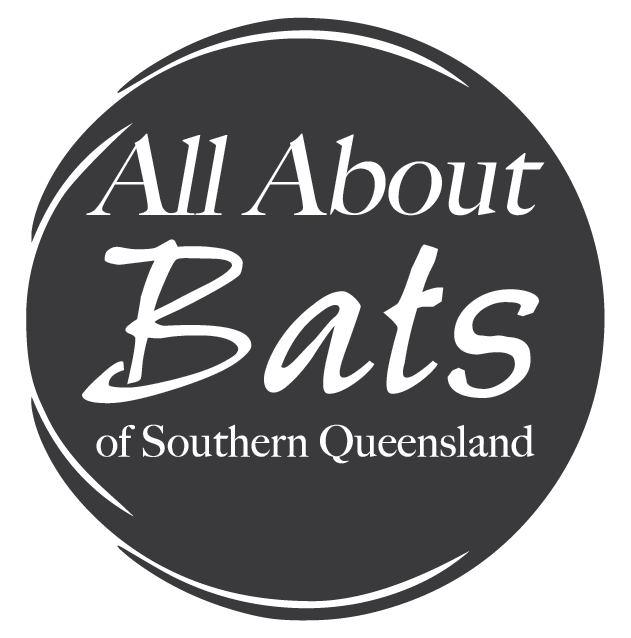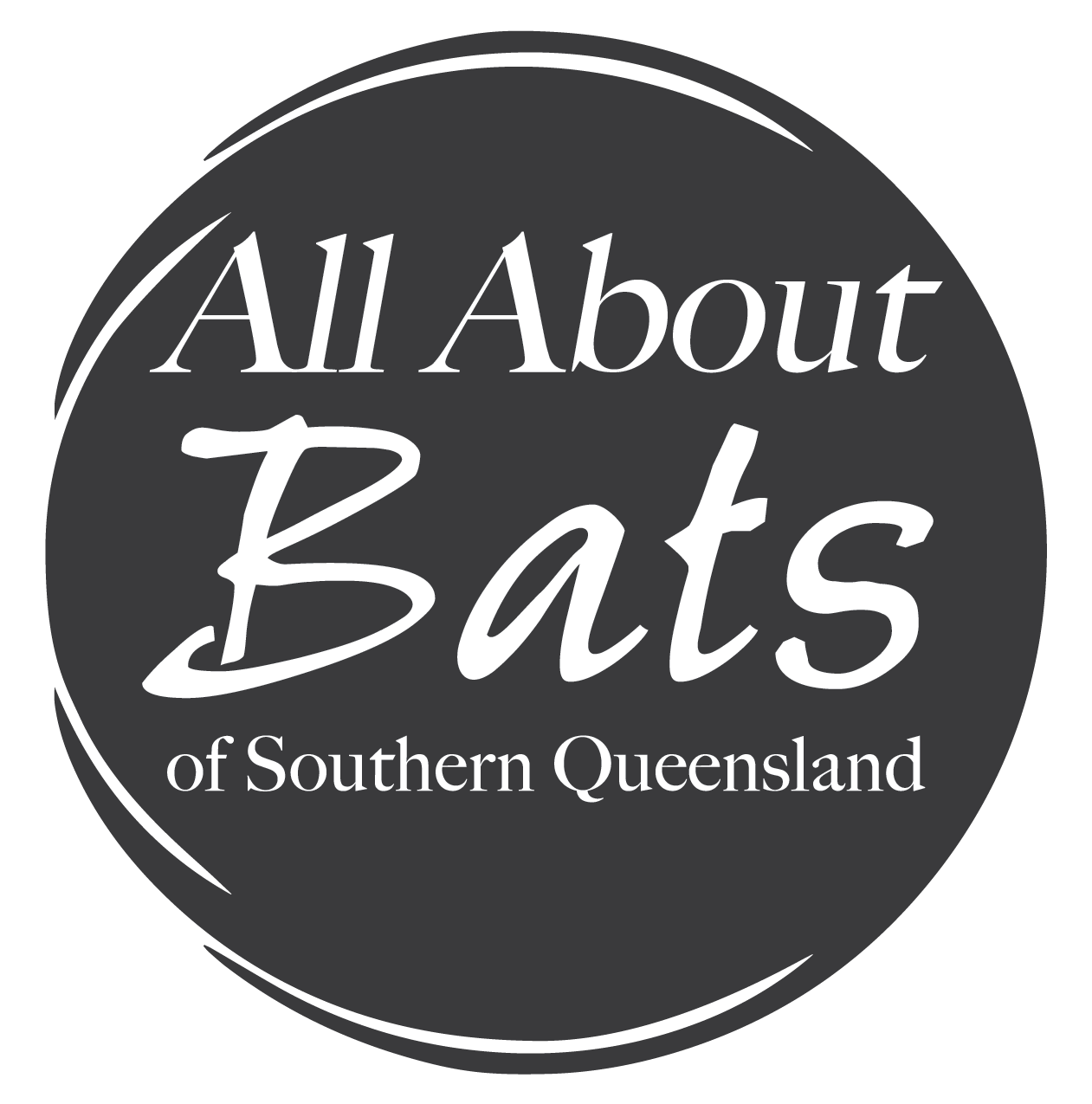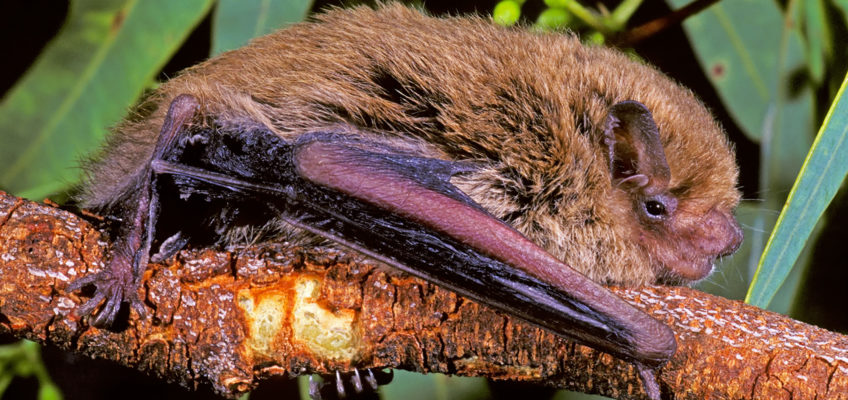Vespadelus baverstocki
This small bat, body length averaging 39mm and weighing about 4 grams, has light sandy brown to brownish grey fur on its back with a paler belly.
Identification of this species can be difficult with similarities with other Vespadelus species in the same geographical range – including Southern forest bat (V. regulus), Little forest bats (V. vulturnus), Large forest bats (V. darlingtoni), Inland cave bats (V. finlaysoni) and Eastern cave bats (V. troughtoni).
Habitat
Living in arid and semi-arid zones limits their roosting sites to small hollows in stunted trees, so they can also be found roosting in abandoned buildings. The ecosystems they are commonly found in include acacia, callitris and casuarina woodlands, mallee, open eucalypt woodland, shrub and grassland communities. They are agile while foraging over large areas, presumably for flying insects, with rapid wing beats for easy manoeurverability.
Breeding
Females become pregnant in November, gather to form maternity colonies and a single young is born in December. Mothers carry young for the first week but they are independent by January.
Predators and Threats
Goannas, snakes, hawks, owls and feral cats. Loss of tree hollows, degradation of habitat through grazing, modified fire regimes.
Photo: Mark Sanders
Sources:
Churchill, S. (2008) Australian Bats (2nd Edition). Allen and Unwin, Sydney.
Hall, L. (2009) Bats, A Wild Australia Guide. Steve Parish Publishing, Queensland.
Atlas of Living Australia


